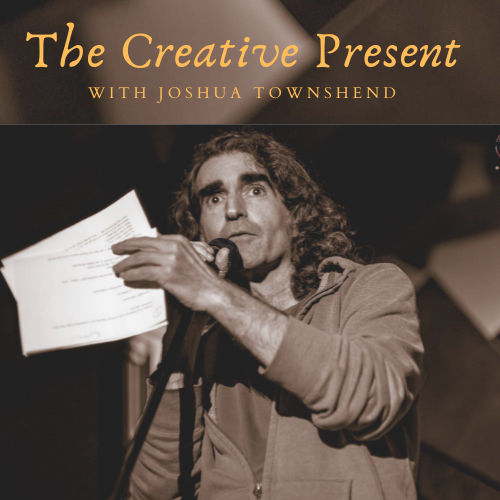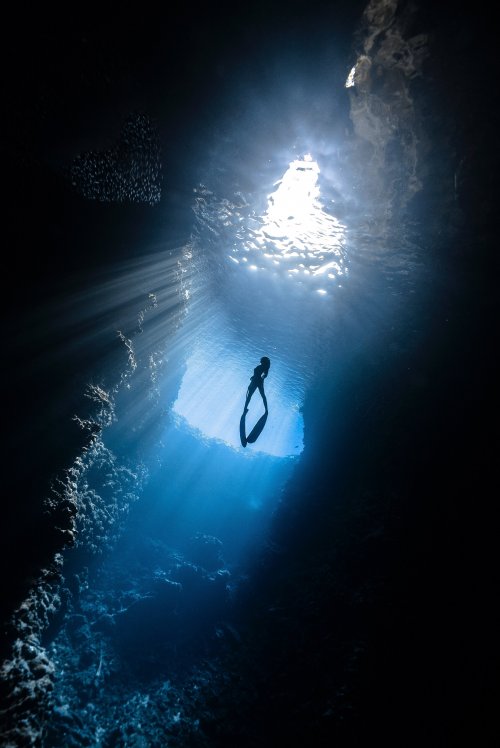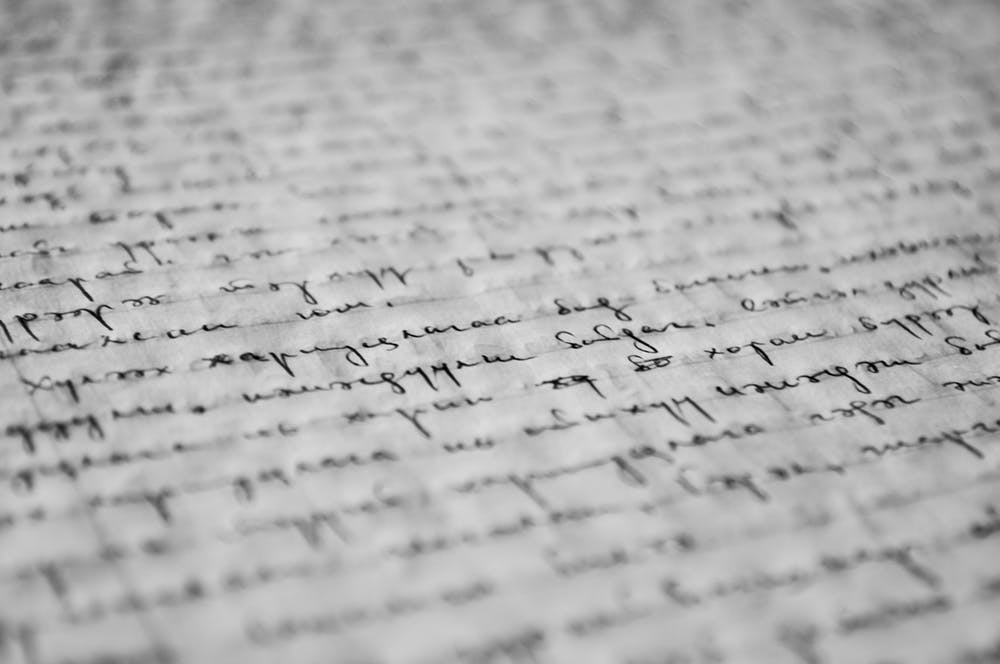Welcome to the creative presence, a show that’s dedicated to expanding your creative self expression. And at the same time getting your projects done. And I’m your host, Joshua Townshend.
Not all writing is about storytelling. Now I know that’s an odd thing for someone like me to talk about. And it’s true. Because a lot of times, I feel like we get caught up in writing about the story. And so everything is connected to the story. But these people, these stories, these, these bigger pictures that we’re trying to capsulate and capture to capture is actually some times written on the edges on the periphery on the things that we never see that are being influenced by it. And what do I mean by that? Let me be concrete. Sometimes we need to write about the character itself himself herself, we need to write about the antecedent conditions we need to write about the gone before, we need to write about things that will never show up in the story on a concrete linear basis, but will have everything to do with the story that will feed your creativity that will feed the character’s way of operating through life. So maybe we’re going to write about their major events in their life that changed their life. Maybe we’re going to talk about or create lists, perhaps, of things that populate the character’s life now, and what used to populate the character’s life, because we’re trying to create contrast, we’re trying to figure out what is this story about? Where are we headed? What’s really operating here so that when we do go back into the story, we actually have fodder we actually have material to actually play with. A lot of times people say, Well, does that mean I need to write a backstory? Does that mean I know about the characters history? Yes. And no, this is not about checking off the box, I want to be really clear, this isn’t about doing the exercise, so you can check the box. So you can go on and do what you really want to do. No, no. This aspect is of a part of the creative process. In fact, it’s the underbelly. So it’s not about fulfilling an exercise, it’s about really digging in deep and seeing where, where this discovery process that you’re opening up to, will take you and lead you. And then through a series of linear and nonlinear and openness and expansion and exploration of possibilities, and spaciousness, and longitude and latitude within yourself, you’ll start to make connections that you wouldn’t have if you were working strictly in a linear basis. And that’s what we want to open ourselves up to, we want to create consciously from the unconscious. And when we put out a lot of different kinds of material for us, we start to sleep with it, we start to dream about it, we start to in the times we’re taking a shower, or going for a walk, we start making connections that we wouldn’t normally make in our day to day life. And that’s what we’re on the hunt for. And a lot of people will say, well, that’s great, Josh, but I don’t have time will actually say Joshua, they’ll say was a Joshua, I don’t have time for that. And I’ll go well, you know, that’s, that’s the nature of this kind of work. And so we have to be able to take the time and space, even though this work will never be perhaps concretely seen in the scenes, or actually in the project itself. But like using nature, it’ll be like the root system that’s actually feeding the flower. If you don’t have the roots, you don’t have the flower. If you don’t have the soil, in a certain balance, you won’t have that particular sweetness of fruit, but you go well, I just want a piece of sweet fruit, you’re like, well, you’re gonna have to feed the soil. This is feeding the soil, being open to having a nonlinear approach to a story, which ultimately has to track linear Lee, but feeding it with these kinds of elements will only make your work more potent, more powerful, more luring and more connected to, to the consciousness to the audience, in a very open and broad way. So you’re actually going to be opening yourself up to an audience that may not relate to the narrative within the storyline, but will relate to the underlying themes. are the underlying issues that are happening within the storyline. And that’s why stories that we can create actually go beyond cultural barriers go beyond language barriers, go beyond all kinds of preset norms that we relate to in our culture, and can speak to humanity. Really what we’re here is to open up a way to discover in a nonlinear way, things that will help us in our linear storytelling, but that writing you’re going to do is going to feed it like nothing else.
Thank you for listening. If you love what you’re listening to please subscribe and then share with fellow creatives. For more, go to JoshuaTownshend.com.
SUMMARY KEYWORDS
nonlinear, story, feed, write, linear, create, open, work, joshua, creative self expression, writing, relate, soil, character, linear storytelling, underbelly, exercise, kinds, underlying themes, material, Joshua Townshend, Creative, Creative Writing, Film, film making, film stories, play, playwriting, screenwriting, generative material, conscious creation






